Our main approach builds on several concepts and paradigms from different disciplines. If you are eager to know what comes together in Cities-4-People, you are definitely in the right section.
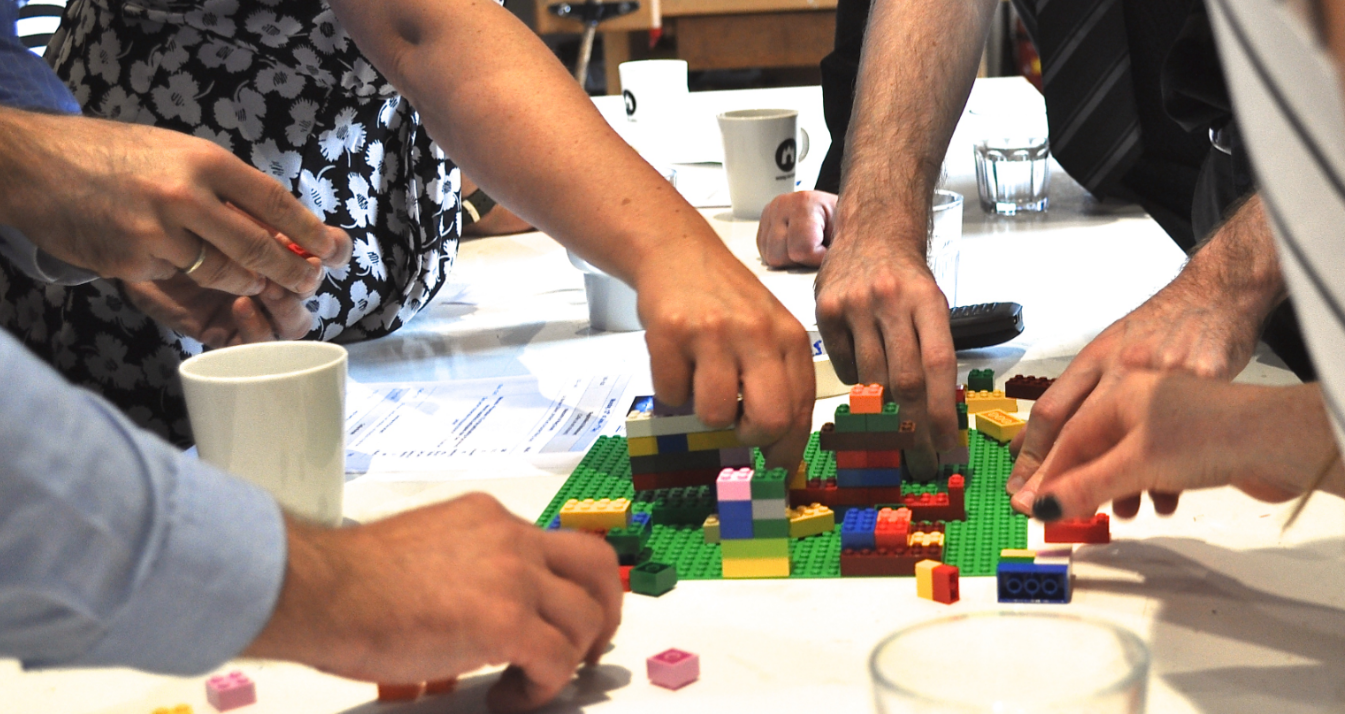
People-Oriented Transport and Mobility (POTM) approach
POTM represents an inclusive and multidisciplinary approach that encompasses both digital technologies and social innovations in order to bring out solutions that are inspired by a sharing mentality and have a low ecological footprint and the potential to solve real urban and peri-urban mobility issues.
Overall, the POTM framework works towards the emergence of open mobility communities that via bottom-up and transparent procedures are able to produce urban mobility innovations that do not feel imposed on either citizens or institutions, but are instead commonly agreed upon. More specifically, POTM is based on the meaningful collaboration of all quadruple helix city stakeholders, which means that local citizens are provided with the opportunity and the means to work together with urban mobility authorities as well as with research and industry stakeholders, with a view to co-develop, prototype and pilot innovative and smart mobility solutions that address pressing and real urban mobility challenges.
This framework leverages concepts, methods and technologies from a wide range of fields, building substantially on Social Innovation, Digital Social Innovation and Open Innovation 2.0. Notions such as civic engagement, sustainable urbanisation and urban planning and shared economy are integrant to and integrated within the POTM approach.
Social innovation
Social innovation is a paradigm aiming to tackle complex and persisting social challenges that cannot be solved through traditional processes (e.g. climate change, poverty) or social demands that are not (sufficiently) addressed by the market or public authorities. According to the European Commission’s definition, social innovations are “new ideas that meet social needs, create social relationships and form new collaborations”. Typically, social innovations start as ideas that are then prototyped or piloted. In case they are successful, the new concepts are implemented, assessed and scaled up to achieve greater impact.
Notably, social innovation consists in combining the strengths of multiple stakeholders to develop innovative solutions, foster behavioural changes for the better and improve society’s standard without pursuing personal or corporate profit. In the case of transportation and mobility, social innovations are those fostering greater access for vulnerable groups (e.g. women, people with reduced mobility); co-modality; usership instead of ownership; cleaner/greener forms of transport; and slow transportation (walking, cycling).
Social innovation is characterised by its openness to exchanges of knowledge and ownership as well as by its bringing together of different disciplines, cultures and stakeholders through collaborative approaches so as to develop capabilities through mutualism and make better use of assets and resources. Since people tend to be motivated by their understanding of and attachment to the unique aspects of their ecosystem, social innovations are developed starting from local circumstances and based on the needs of individuals who experience those circumstances. Therefore, they are participative and empowering, demand-led and tailor-made, rather than mass-produced, top-down and/or centralised.
Although the main vector in social innovations is represented by the people (citizens, communities and social entrepreneurs), a supportive administrative, economic and legal environment has to be in place for a social innovation ecosystem to flourish and promote long-lasting transformative effects. The existence of adequate policies, governance and financing and the usage of a variety of capacity-building tools (e.g. incubators, hubs, forums, prizes, etc.) are central to the development and uptake of social innovations.
Digital social innovation
Digital Social Innovation (DSI) can be described as social innovation facilitated by the use of digital tools. Information and Communication Technologies (ICTs) are more and more widespread and provide greater opportunities for connecting people with one another, automating certain processes and obtaining information on a tremendously broad scale. Although not without inherent challenges (e.g. privacy issues), technological developments offer spaces for social innovation and civic engagement. As the European Commission put it, “Digital technologies are particularly well suited to support civic action: mobilising large communities, sharing resources and spreading power. A growing movement of tech entrepreneurs and innovators in civil society are now developing inspiring digital solutions to social challenges” at a scale and speed that was unimaginable before the rise of the Internet.
Digital Social Innovation is characterised by openness of:
- hardware: it refers to making digital hardware available for people to adapt, hack and shape into tools for social change;
- networks: citizens are developing new networks and infrastructures where they connect their devices to share resources and collectively solve problems;
- data: it refers to innovative ways of opening up, capturing, using, analysing and interpreting data;
- knowledge: large groups of citizens come together through online platforms to collectively create and analyse new types of knowledge or social projects.
In general, many different types of DSI organisations and activities are emerging. However, six thematic clusters seem to be the most prominent: collaborative economy, new ways of making, awareness networks, open access, open democracy and funding, acceleration and incubation.
Collaborative economy promotes new collaborative socio-economic models that enable people to share skills, resources and knowledge (e.g. digital currencies, new forms of crowdfunding and financing, new platforms for exchanges, etc.). New ways of making builds on open design and manufacturing (e.g. 3D manufacturing tools, free CAD/ CAM software, open source designs, etc.). In the frame of awareness networks, communities are able to aggregate data coming from people in order to create new products and services, while platforms for collaboration are used to solve environmental issues and promote sustainable behavioural changes, or to mobilise collective action and respond to emergencies. The open access approach has the potential to empower citizens and increase participation (e.g. including open access to content, open standards, etc.). The open democracy field aims to transform traditional models of representative democracy, using digital technology to enable collective participation and deliberation, and mass mobilisation. Finally, funding, acceleration and incubation refers to the support offered by public and private actors in terms of seed funding, access to co-working spaces and the like.
Open innovation 2.0
Open Innovation 2.0 is a paradigm based on the principles of integrated, co-creative collaboration among all actors within a society. As a matter of fact, it is based on the Quadruple Helix Model, in which the traditional triple helix model (top down approach: industry, university and government spheres) is replaced by a model that also includes the civil society (bottom-up approach). In this context, innovation is the outcome of an interactive process involving different actors who are contributing to the development of new services, products or societal infrastructures according to their function in the innovation ecosystem. In Open Innovation 2.0 technology is of great help, but only when designed and developed with the users (and their requirements) in mind. Innovation is user-oriented and guided by principles of social inclusion, shared value and creativity. The focus is on the openness of the innovation process: all relevant stakeholders participate throughout the entire process, interacting in ad-hoc physical spaces, such as Living Labs, FabLabs or Smart Citizen Labs.
Co-creation
Co-creation refers to a collaborative process of design and creation. It may be used to develop a solution to a problem, to plan a specific policy, to design a product, to generate new ideas that lead to new opportunities or to improve existing products/services. Rather than on the output, the focus is on the way the output is obtained, namely by involving different stakeholders in the work process and have them interact and collaborate. As the name suggests, it is a shared development that derives from ongoing confrontations and combined efforts, instead of being the result of a traditional chain of individual expertise. Notably, the term also refers to the fact that customers are involved in the creation of meaning and value and therefore become active partners in the innovation process.
This is normally achieved thanks to constructive activities fostering knowledge sharing and creativity by prompting all stakeholders involved to negotiate and approach problems from different perspectives, so as to let new concepts emerge. Several tools and methodologies exist to facilitate co-creative practices. Their use depends on the objective of co-creation, the number of participants, their background, the time available, logistical aspects and similar factors. Classic examples are ice-breaking exercises, brainstorming techniques, conceptual mapping, perceptual mapping, storytelling, role playing, problem tree analysis, value tree analysis, prototyping and the Lego Serious Play methodology.
Sustainable urban development
Urbanisation is considered one of the most important forces to drive global economy, but it is often paired with several challenges, and especially with environmental damages (e.g. air pollution, greenhouse effect, waste and degradation of land). The difference between well-managed urbanisation and uncontrolled urbanisation is huge for people’s quality of life and the productivity of cities.
Sustainability is a process that negotiates between the ecological, social and economic dimensions of an ecosystem with a view to meet the human needs and increase the quality of life, while preserving the life-support systems in the whole ecosystem.
Sustainable urbanisation is a forward-looking form of urban planning and urban development that is driven by social demand, but also pays attention to environmental factors and social inclusion with a view to finding solutions that are effective and durable and have a low ecological footprint.
Neighbourhood governance
As it is acknowledged that no one size fits all and no template can be imposed universally since different localities show different contexts and needs, neighbourhood governance is seen as an approach that guarantees greater flexibility. Neighbourhood governance hints at bottom-up approaches, community empowerment, citizen participation and greater autonomy for local authorities so as to respond locally in appropriate ways to local variations. The general idea is that communities should have the power and rights to manage local assets and have a say regarding local public spending, shaping and running local services and local policy making.
The specific forms neighbourhood governance can take, its strategies and its accountability can vary from place to place and are mostly open and still undefined. Its main rationales (political, civic, social and economic), however, include: government through new forms of representation, advocacy, deliberation, scrutiny and participation; the empowerment of citizens in terms of democratic processes, but also better local service provision and responsiveness (joint-up administration, citizen involvement, collective choice); an holistic approach to an area in order to create a supportive web of civic life (local associations, mutuality, community infrastructure and organisations, social enterprises); and more effective local service delivery.
Smart cities
Smart city refers to urban planning visions and urban development aiming to integrate ICTs, advanced sensors and real-time monitoring systems and use them to manage a city’s assets – goods, services, spaces (e.g. schools, libraries, hospitals, transportation systems, information systems, law enforcement, power plants and energy and water supply networks, waste management, etc.). The goal of using technology to check what is happening in the city is ultimately steering the evolution of the city itself in a direction that increases people’s quality of life, enhances the quality of urban services and diminishes inefficiency.
Another aspect that plays an important role in smart cities is the interaction between citizens and the government. A smart city should be inclusive and “enable every citizen to engage with all services on offer, public as well as private, in a way best suited to his or her needs. It brings together hard infrastructure, social capital including local skills and community institutions, and (digital) technologies to fuel sustainable economic development and provide an attractive environment for all” (Polis).
Shared economy
Shared economy refers to business models and citizen-led solutions that focus on sharing resources within communities with a view to optimise usage, reducing the impact on the environment and adding value for the users. In this context, any sharable resource can be taken into account, among others homes/spaces, vehicles and know-how.
Shared economy paradigms build upon the fundamental human need to be part of a community, share with others and build relationships. Their implementation is facilitated by the wider and wider adoption of digital technologies, which enable people to more easily offer resources or find out where and when resources are available and to exchange information regardless of each one’s geographical location. Specific platforms have emerged to make the sharing of goods and resources more organised and safer for all the parties involved.
Mobility is a classic example of shared economy, in which case it goes under the names of shared mobility and connected mobility. Shared mobility is a concept that encompasses transportation services that are shared among users, ranging from public transport to bikes. The concept has gained popularity in the last years not only because of its cost-efficiency, but also because it can be seen as a sustainable alternative to consumeristic approaches in terms of energy and environmental impact. Through ride sharing, carpooling or park sharing, for example, people can use or provide mobility services, decreasing the amount of resources otherwise needed, sharing the costs and, in so doing, maximising the benefits they can get out the service (e.g. more mobility choices are provided, especially to people who cannot afford a vehicle or cannot drive, traffic congestion is reduced, first mile and last mile issues are addressed, gaseous emissions, transportation costs and fuel consumption are reduced).
Core Outcome Set methodology
Building upon the principles of the Health Technology Assessment (HTA) and Implementation science, the POTM framework encompasses a Core-Outcome-Set (COS) evaluation methodology that is used as a baseline for definitions, metrics and assessment protocols for urban mobility interventions. Implementation science is “the scientific study of methods to promote the systematic uptake of research findings and other Evidence Based Practices into routine practice, and, hence, to improve the quality and effectiveness of health services” (Eccles and Mittman 2006). HTA is defined by the World Health Organisation as “the systematic evaluation of properties, effects, and/or impacts of health technology”, which, in turn, is described as “the application of organized knowledge and skills in the form of devices, medicines, vaccines, procedures and systems developed to solve a health problem and improve quality of lives”.
Although traditionally applied strictly to the health care sector, HTA and principles of implementation science can be fruitfully used in other domains which can have an impact on health, including transportation and mobility. As a matter of fact, HTA should be regarded as “a multidisciplinary process to evaluate the social, economic, organizational and ethical issues of a health intervention or health technology. The main purpose of conducting an assessment is to inform a policy decision making” (WHO).
At the heart of HTA is the Core Outcome Set, a standardised set of outcomes for any particular health technology across a range of dimensions – social, health/health equity, economic, and environmental. Within Cities-4-People, an open process is used to co-develop a common COS of definitions, metrics, indicators and methods, which will guide the assessment of the impact of POMT interventions. The pathway of planning starts with analysing the wider context that affects the needs of the community, the resources needed to develop the programme or intervention, the activities or outputs of the intervention or programme (what gets done, including stakeholder engagement) and outcomes, including changes in attitudes or behaviours (short term outcomes) and social, health, and environmental impacts (medium term and longer term). Once again, the contribution of citizens and local communities is considered fundamental to identify the outcomes that should be measured, the metrics and tools to measure them and the expected targets that our interventions should meet. Instead of being developed top-down by experts, Cities-4-People’s COS will build upon local knowledge and local needs. The COS will be kept open so that the community can use it after the project ends.










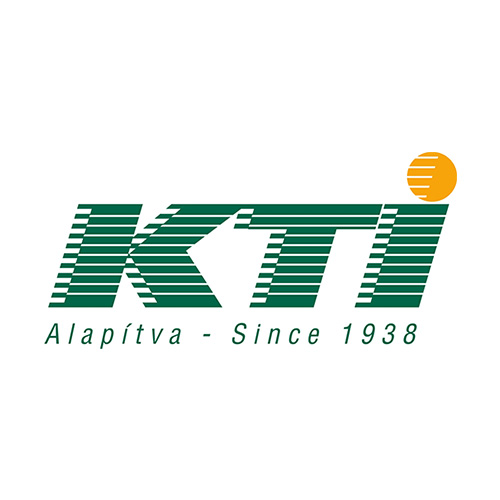
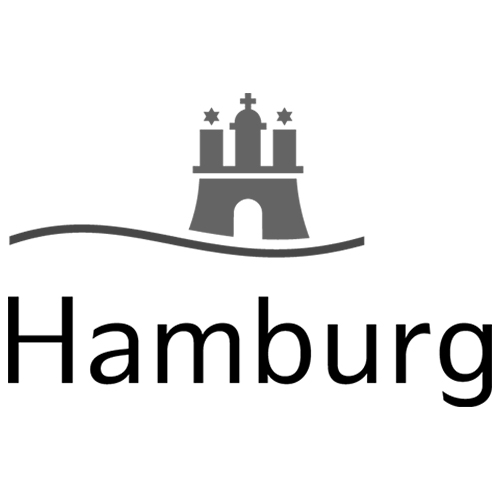
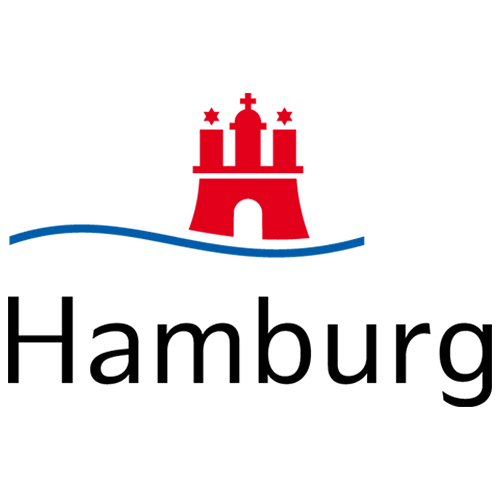


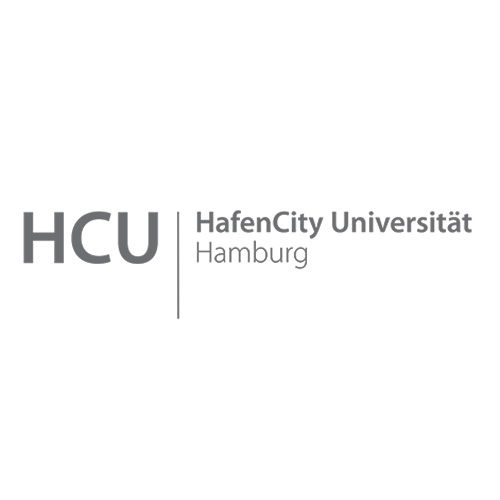
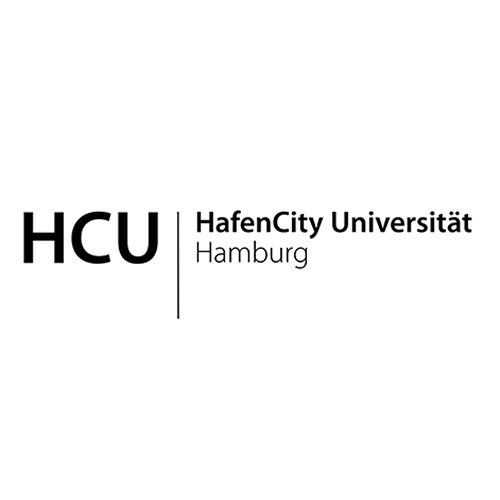










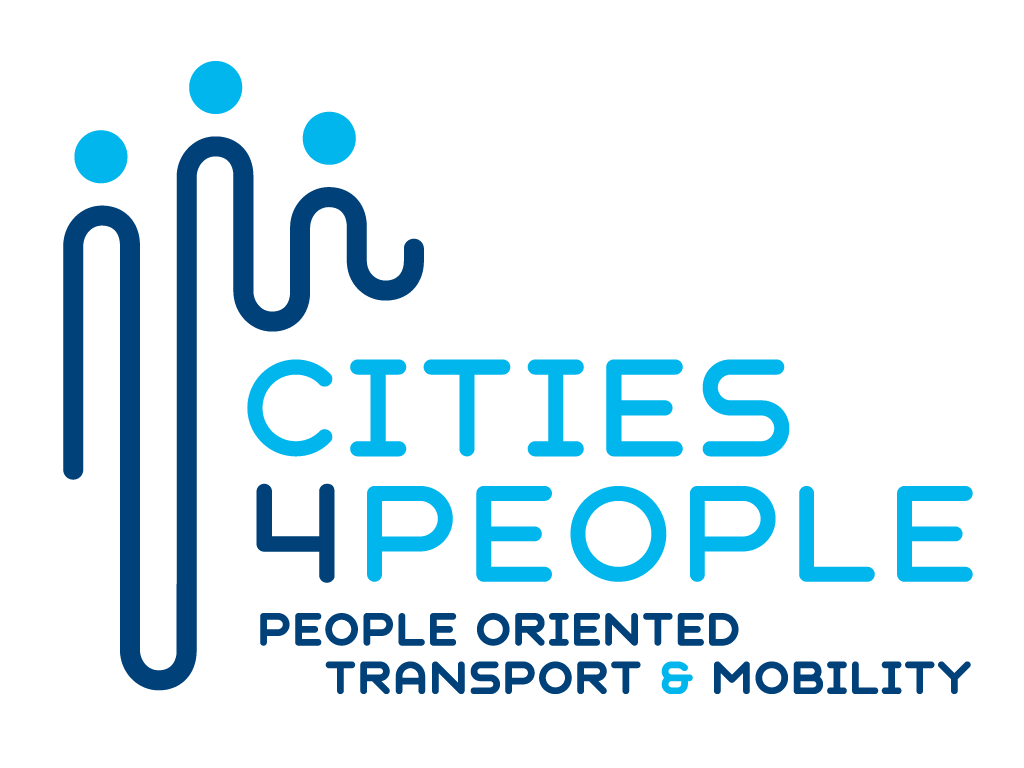
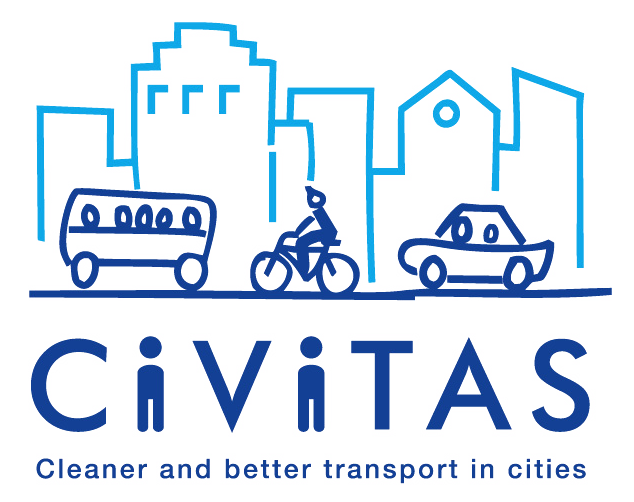


 Magyar
Magyar Ελληνικά
Ελληνικά Deutsch
Deutsch Turkish
Turkish